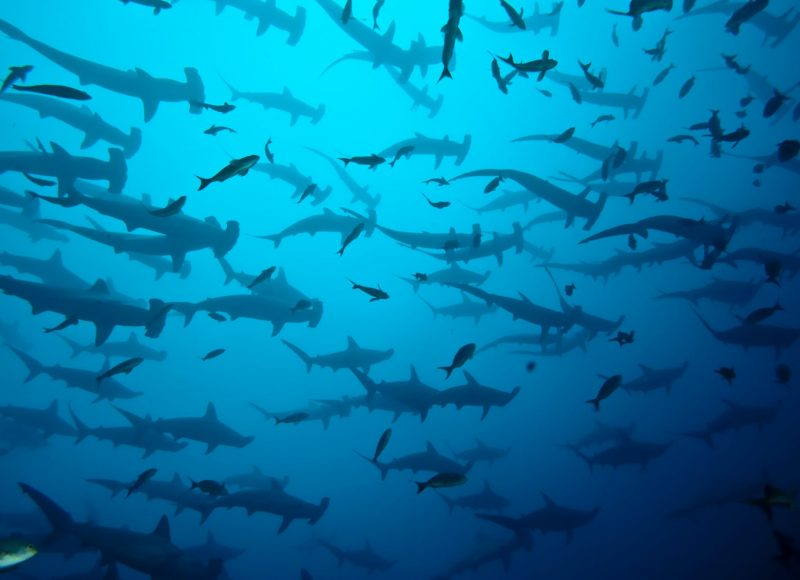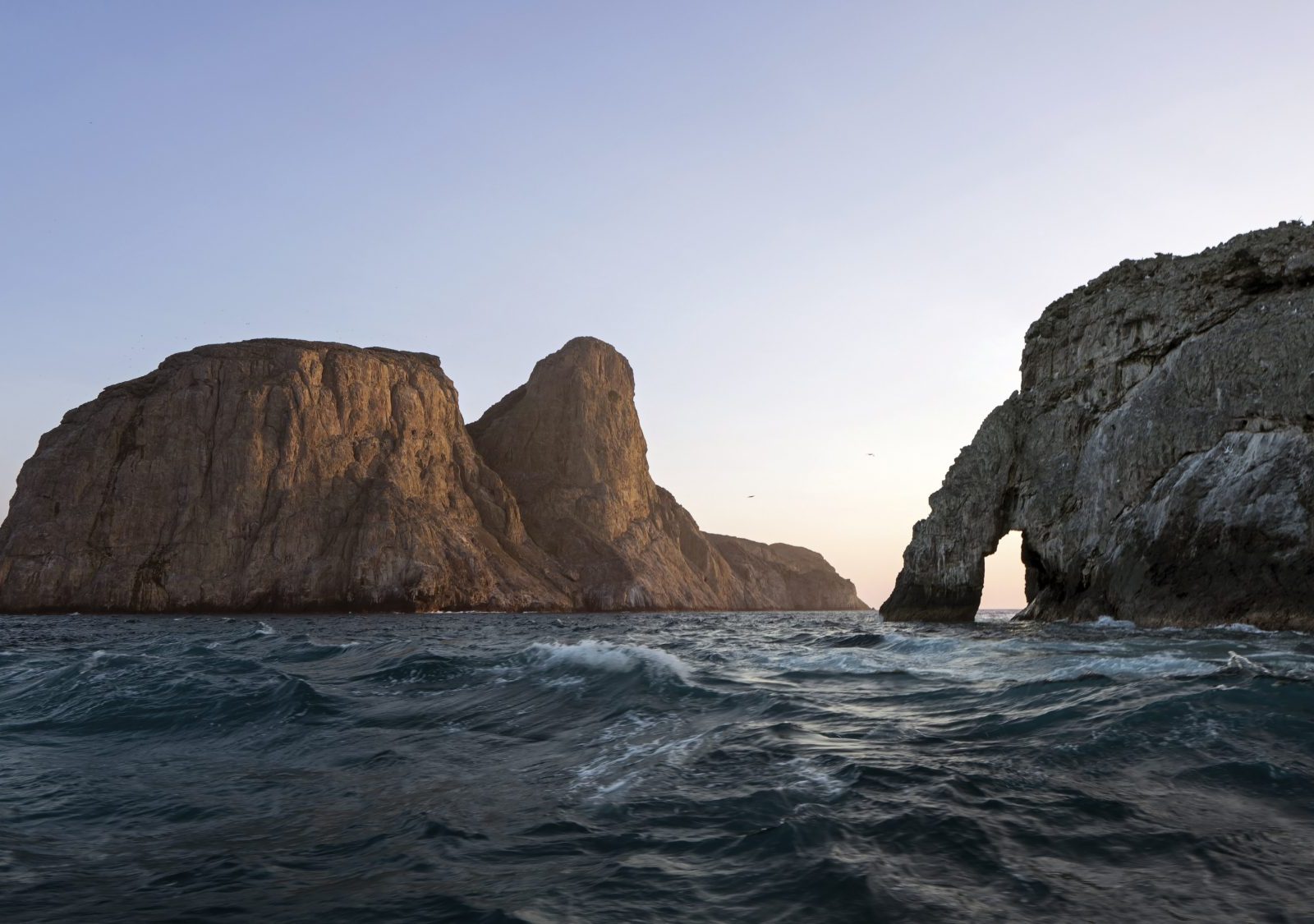Seen from above, the island of Malpelo looks like a simple rock with sheer cliff faces, home to crabs and sea birds. Some 400 kilometres off the Colombian coast, Malpelo’s real treasures are to be found below the waves that lap it. The island is, in fact, a veritable oasis of life – the only land available in the area, it is located at the crossroads of several marine currents. This aquatic sanctuary, declared a natural World Heritage Site by UNESCO, hosts an incredible marine biodiversity, particularly rich in megafauna: hammerhead sharks, tuna, sperm whales, killer whales and whale sharks. But the isolated location of the spot and the often dangerous currents around the island make cataloguing this biodiversity rather tricky.
In 2018, as part of the “Monaco Explorations”, an international research team set out to assess how useful eDNA could be for this task, compared with an inventory made using video.
Environmental DNA recorded more marine species than video and was much quicker to carry out.
After hundreds of litres of seawater were collected for eDNA analysis and 25 hours of film were recorded, the results were clear: environmental DNA recorded more marine species than video and was much quicker to carry out. Noteworthy among the 80 species picked up by the eDNA samples was a particularly rare marine mammal: the dwarf sperm whale. It had never previously been spotted around Malpelo.

